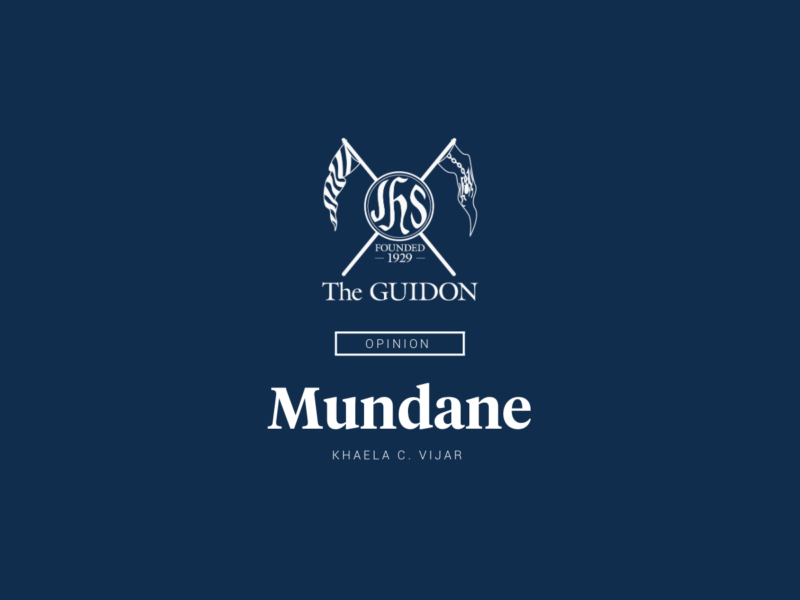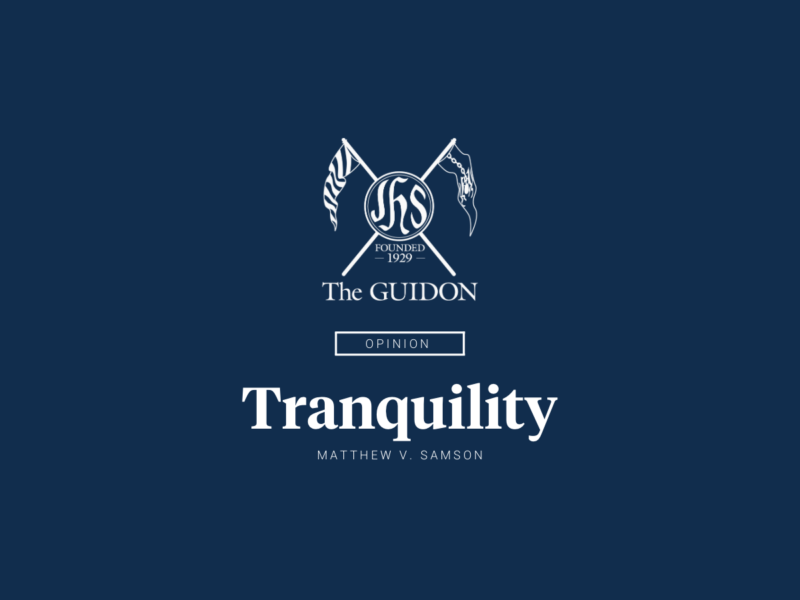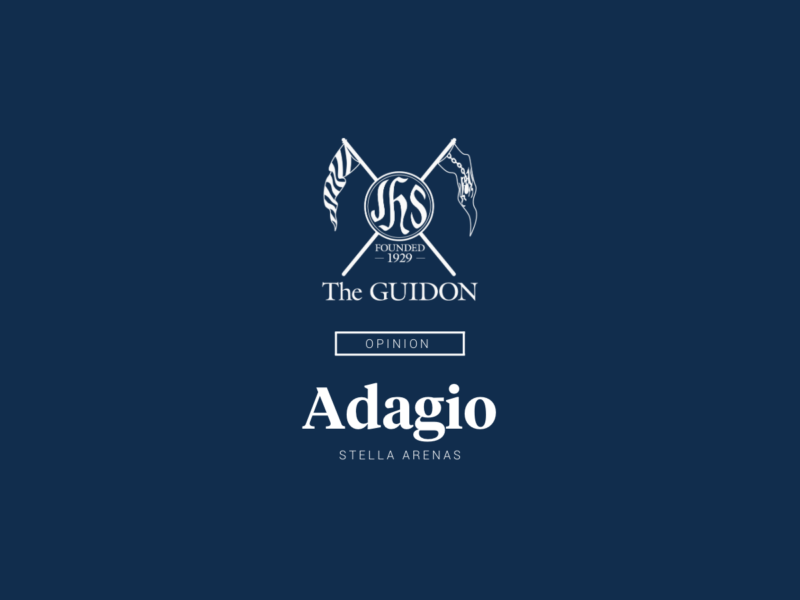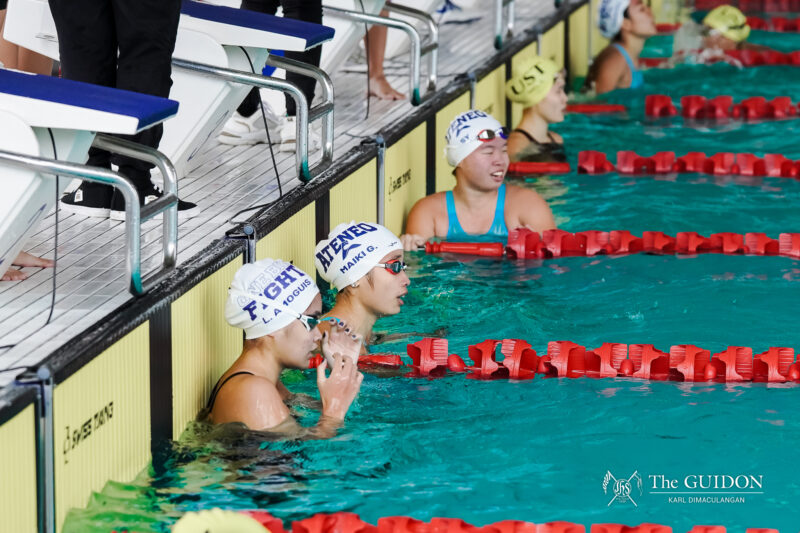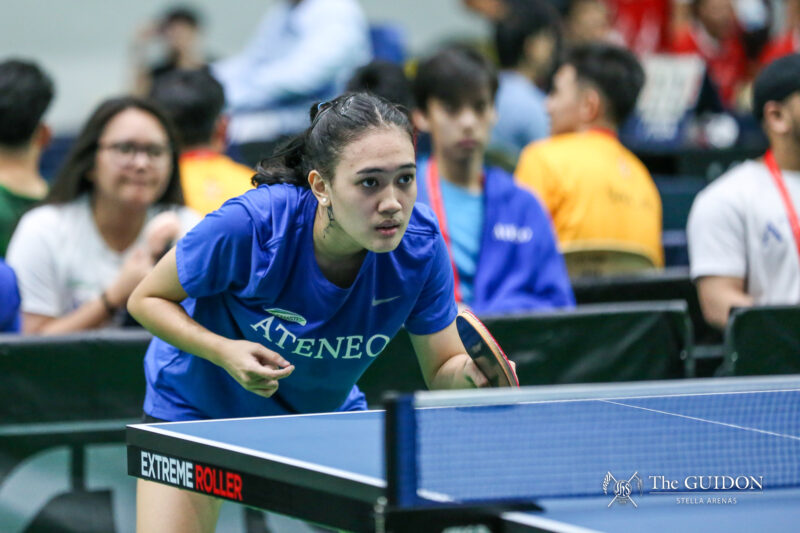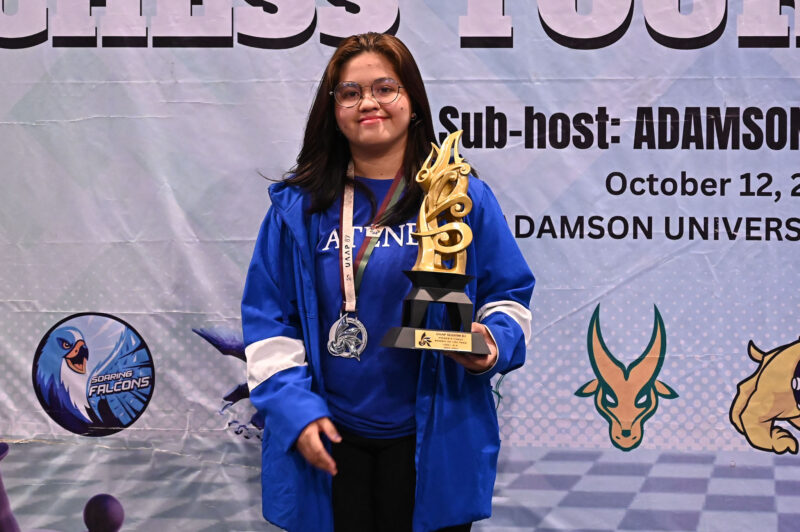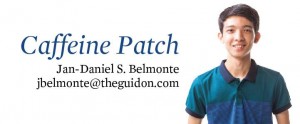 Insofar as I’ve stayed in the Loyola Schools (LS) as a student, I’ve witnessed (quite intently) the development of graphic design through the promotional materials created by student organizations based in the Ateneo.
Insofar as I’ve stayed in the Loyola Schools (LS) as a student, I’ve witnessed (quite intently) the development of graphic design through the promotional materials created by student organizations based in the Ateneo.
The wide range of organizations makes for a healthy and competitive playing field when it comes to design. On one side, there are the creative people who want to improve their craft and perhaps build a competent portfolio, while on the other end are the organizations that need to promote their events and advocacies.
The demand for both players from both ends is constant, and the notion may be true that not a day passes by without one promotional poster being released, whether in print or online media.
As more creatives join organizations and more organizations churn out paraphernalia, visual attention decreases and the chances of being noticed by the target audience lessens. As in any case of advertising, the need to get noticed on campus has gotten higher in the past three years—and what other way to solve this problem than by improving and raising the aesthetic standard.
In my freshman year, only a select number of organizations really caught my attention in terms of visual quality. Without bias, and as far as I remember, I could say that they were the Ateneo Junior Marketing Association, the Collegiate Society of Advertising, the Computer Society of the Ateneo and the Loyola Film Circle, to name a few.
However, the case has changed in today’s landscape. More organizations have found their own comfortable design styles, mostly involving a lot of illustration work.
Take for example the Ateneo Lingua Ars Cultura’s promotional materials for the Council of Organizations of the Ateneo Recruitment Week (COA Recweek). The distinct theme that they chose, made stronger by vibrant colors and sound spatial composition, grabbed the attention that they needed in order to be noticed.
This improvement in design has helped them increase their number of applicants by 24%. ALAC president Polo Guillermo says that a lot of the applicants stated that they became interested because of the organization’s promotional materials. He adds that it was indeed an advantage that helped them break their org’s record, leaving them with the most number of applicants they’ve had since the org’s conception.
Grids Internal Creatives Coordinator and information design senior Janine dela Cuesta agrees and says that ALAC’s deviation from the current flat design trend was “a breath of fresh air that made their org stand out.” She says that it caught her attention because it was quite unique compared to what other organizations had released during COA Recweek.
It is interesting how competition has cultivated a higher aesthetic standard in the Ateneo. Quite arguably, graphic design in the LS is blooming, and more people, organizations and even food stalls are recognizing it as a smart advantage.
If more students would strive to unleash their potential and develop their artistic skills to meet this increasing standard, then perhaps doing so would be beneficial to our school’s unique culture of volunteerism.
The future of graphic design is bright in the Ateneo, and we are privileged to witness this revolution. Sit back, relax and enjoy the show.


